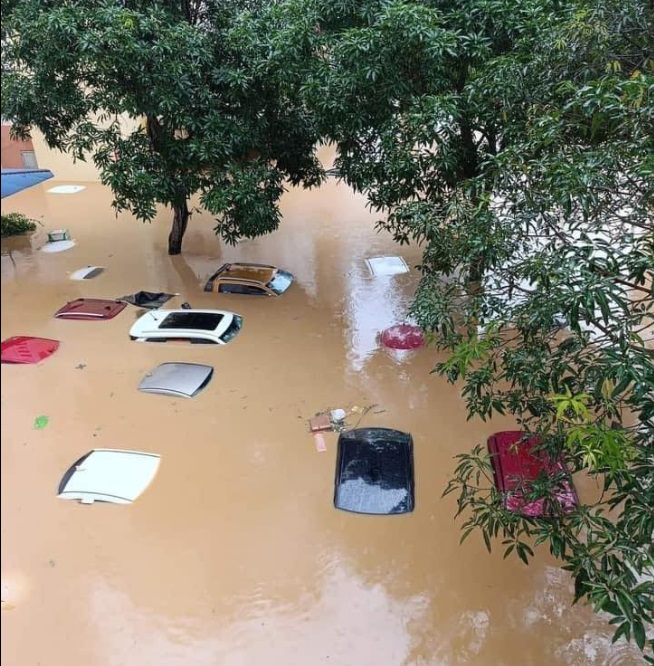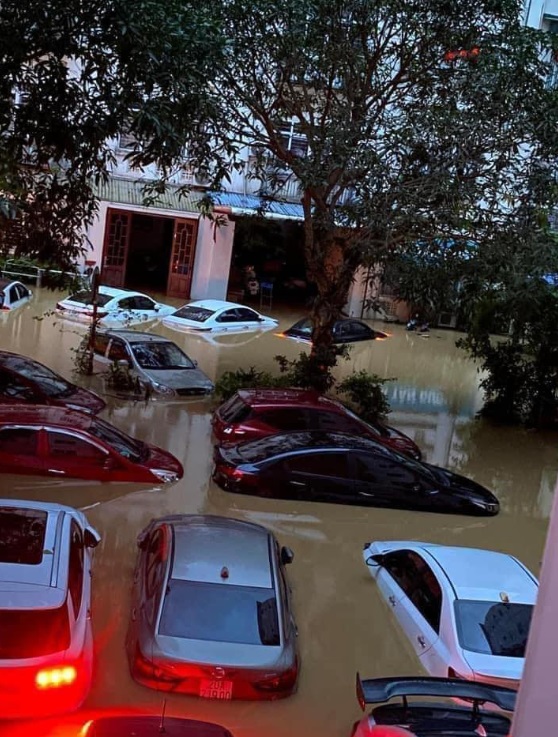The recent floods and landslides in the northern provinces have caused severe flooding and damage to property and vehicles.
Here are some tips for car owners to mitigate potential damage to their vehicles after being submerged in floodwaters.
Clean and dry the interior
In the event of your car being flooded, it is crucial to promptly clean and dry the interior to prevent rust, mold, and electrical system issues.
Start by opening all doors to allow ventilation. Use a vacuum cleaner and towels to remove water and moisture from the cabin. Employ dehumidifiers and fans to speed up the drying process, paying close attention to electronic components such as the infotainment system and center console.
Thoroughly clean and dry the seats, door panels, and any other fabric or leather surfaces. To prevent rust, ensure that metal components such as the floor, door screws, and seat tracks are thoroughly dried.
Undercarriage inspection and cleaning
Prolonged submersion of the undercarriage in floodwaters increases the risk of rust and corrosion. Mud and debris can enter sensitive areas, causing issues with the suspension and steering systems. It is advisable to take your vehicle to a garage for a thorough cleaning and inspection of these critical components.
Inspect and dry electrical systems and sensors
Electrical systems, wires, and connectors are present throughout the vehicle, including the body and floor. These must be thoroughly inspected and dried to prevent oxidation and potential malfunctions in electronic components. Addressing this promptly is crucial to avoid long-term issues.
Additionally, inspect and address issues with components such as lighting, speakers, and air conditioning.
Depending on the severity of the flooding, it may be necessary to have a professional inspect and service the fuel system, air filters, brakes, and air conditioning compressor.
Engine maintenance after flooding
The engine is the most complex part of a vehicle. If floodwaters have reached the level of the engine compartment, a thorough engine inspection and possible overhaul are necessary.
In cases of hydrolock, there is a risk of bent connecting rods, cylinder wall damage, or even a cracked engine block. Repairs can be costly, ranging from tens to hundreds of millions of VND, depending on the extent of the damage and the value of the vehicle.
No car owner wants their valuable vehicle to suffer such extensive damage due to flooding. Therefore, it is essential to arm yourself with the necessary knowledge to protect your car during flood seasons. When purchasing a used car, be sure to inspect for any signs of previous flood damage to avoid unforeseen issues.
TH (Tuoitrethudo)
Photos: Phạm Thái Sơn













































